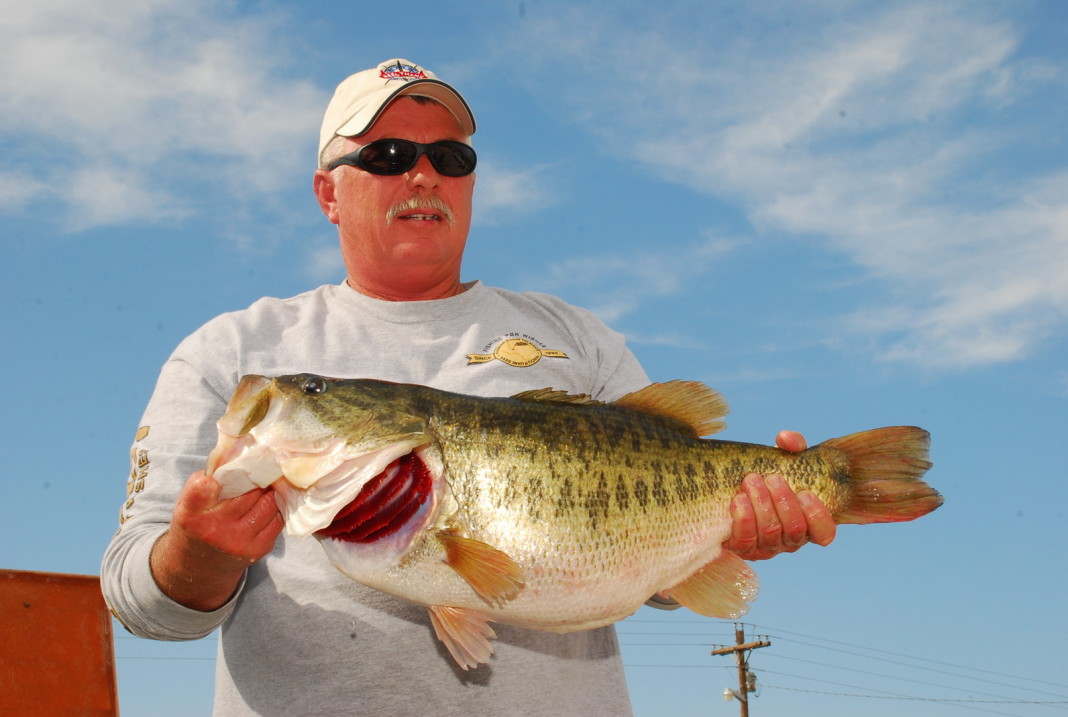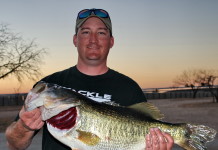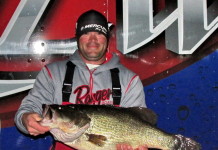Texas bass fishing is way ahead of the pack.
And you can thank biologists and even Mother Nature for helping our state harbor the best largemouth angling in the country.
Bassmaster Magazine recently released its list of the best 100 U.S. bass lakes and Texas again led the way with nine selections, a year after leading the list with eight. Florida, generally regarded as the bastion for big bass and the namesake for the strain of fish that has spurred the bass bounty, landed seven lakes on the list. The selections were narrowed using creel survey data, tournament catch figures and fish stocking efforts, while also allowing B.A.S.S. members across the country to offer their input.
Sam Rayburn Reservoir, the 110,000-acre gargantuan lake near Jasper was tabbed No. 2 while Falcon International Reservoir, another massive body of water along the Mexican border came in at No. 7. Falcon took the top spot in last year’s rankings but fell this year, mainly due to drought that has cut water levels down and somewhat diminished fishing.
Sam Rayburn also made the list last year, checking in at No. 19, but the lake recently has returned to form that has made it a big fish hot spot, hosting numerous bass tournaments that took 30 to 40 pounds to emerge victorious.
Lake St. Clair in Michigan, a noted smallmouth fishery, took the top spot this year.
Other state bodies of water that made the list are Toledo Bend Reservoir (No. 10), Amistad International Reservoir (No. 23), Lake Fork (No. 28), Lake Austin (No. 34), Lake Conroe (No. 72), Lake Dunlap (No. 90) and Fayette County Reservoir (No. 99).
Toledo Bend, Amistad, Fork and Conroe all made last year’s list.
Austin is a new but well-deserved entry, pumping out big bass after big bass, including multiple ShareLunker entries the past few years. Donnie O’Neal, a tournament angler from Pflugerville, was fishing on Lake Austin last month looking for one of those fish exceeding 13 pounds. He did even better, hooking 19 pounds of bass on one cast – a 7.8-pounder and an 11.8-pounder – using a YUM Flash Mob Jr. umbrella-rigged bait.
The Texas bodies of water are situated in a variety of locales and climates, but all feature one similarity – excellent habitat for spawning and ambushing prey – the things bass do best. Each lake has produced entries 13 pounds or larger into the ShareLunker program, a selective breeding effort by the Texas Parks and Wildlife Department that ultimately is aimed at eclipsing the state record largemouth of 18.18 pounds. That fish was caught from Fork, which has produced more than half of the state’s 50 heftiest largemouths, but recently has tailed off somewhat in its ShareLunker frequency.
Texas’ bass fishing success rests almost solely on the efforts of fisheries biologists, who in the early 1970s began producing and stocking Florida largemouth fingerlings. Those fledgling efforts have amped up into mass production – TPWD stocked more than 11 million Florida largemouth fingerlings across the state last year – and the big bass craze only will continue to expand.
Another significant role in the big bass output has been played by Mother Nature – specifically her impact on water levels during prolonged drought and accompanying vegetation growth. A classic example is O.H. Ivie, which made the list last year, and which was hit hard by drought during the early to mid-1990s and into the 2000s. As reservoir levels plummeted, brush and other cover grew into the bottom, which in turn harbored excellent habitat when water levels rose.
In recent years the body of water east of San Angelo is among those that caught fire in the big bass haul, producing 11 ShareLunker fish above 13 pounds from January to April in 2010 alone. The reservoir again is dangerously low, but it’s likely that even decent rains will work wonders to help it bounce back.




















